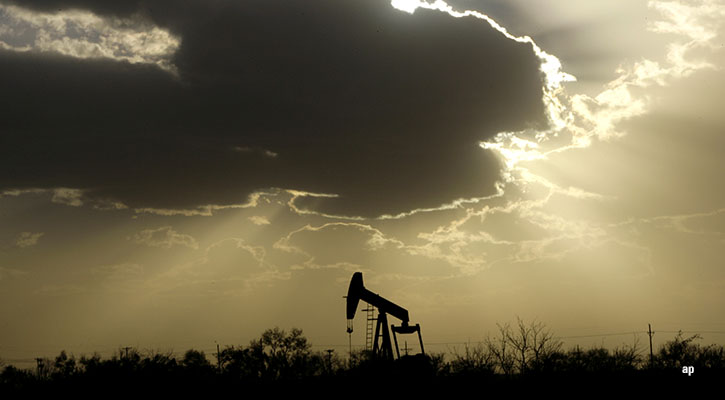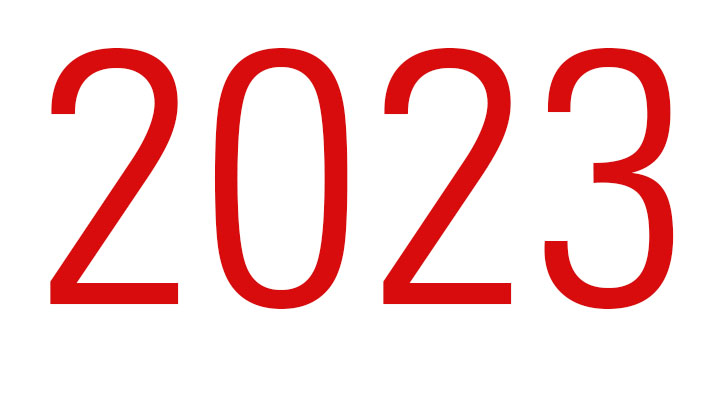
When should we expect that demand to peak? In its recent World Energy Outlook, the International Energy Agency (IEA) predicts that it could happen before 2030, probably as early as 2028, a pretty controversial proposition. In a less aggressive outlook, the US Energy Information Administration (EIA) believes that the peak could occur anywhere between 2030 and 2040.
Equity strategist and senior energy analyst at Morningstar Research Services, Stephen Ellis shows support for the IEA’s projection: “We don’t disagree with such a peak in demand,” he says. Another voice in support comes from an unexpected quarter – British oil and gas company BP’s Energy Outlook 2023 projects that oil demand will peak somewhere around 2030.
Others disagree, including, unsurprisingly, the Organization of Petroleum Exporting Countries (OPEC), which called the IEA projection, among other things, “impractical”, and saying that it could “only set the global energy system up to fail.” Some analysts concur with OPEC.
“I’m sceptical; 2029 is not far away, says Greg Taylor, chief investment officer and portfolio manager of the Purpose Global Resource fund. Some parts of the world might reach the target, but we have to take into consideration the massive increase of the middle class in Asia, in India, in Africa. We might see a peak in demand in North America and in Europe, but it won’t happen in other regions where cars with internal combustion engines will be the default option.”
The EIA’s projections see India overtaking the US. by 2050 for total CO2 emissions, while Asia-Pacific nations will overtake Western Europe, holding second place behind India.
Oil Remains Pivotal
Whether the demand peak happens sooner or later, the world is on a trajectory where oil demand will peak. A key question for investors becomes: what happens after that? Both the IEA and the EIA see a future where oil consumption holds steady once the peak is reached. The IEA, for example, projects a decline in oil demand that will be only five percentage points below the peak of 2030. BP’s projection is more aggressive, demand in 2050 most probably settling about 25% below the peak point, but an “accelerated” scenario sees it landing about 60% below the peak.
Whichever projection wins the day, one indubitable fact remains: “Oil continues to play a major role in the global energy system for the next 15-20 years,” says BP.
How will the price of oil evolve while demand is declining? Will prices remain within a present “reasonable” range of $80 a barrel, will they fall off a cliff, or explode?
The answer to that question hinges on a key development: the deployment of renewable energy sources, mostly solar and wind, two industries propped up by massive subsidies that make them fragile. “The problem is that electric vehicles and renewables are only rolling along because of subsidies,” points out Jon Mills, equity analyst at Morningstar Australasia.
The other part of the answer rests with the oil industry. Will it hold up supply in a way that can compensate for any deficit in renewables’ supply without causing prices to explode? That is not certain.
Ellis believes “that prices are probably going to increase, but will not necessarily have a super spike. They will reflect the cost for the supply needed at the time.” Taylor also expects prices “to stick to the US$60-80 range for a long time. But, in reality, we should worry more about higher prices.”
Expect Volatility in Oil Prices
The major variable in the equation is a straightforward deficit in oil supply because of a halt in investment. Much restriction on future supply has already happened. “The attack on supply of oil is astronomical, claims David Szybunka, senior portfolio manager and co-managing director of the Canoe Energy Portfolio Class fund. Since 2015, “investment has declined by 60% to 70% and has stayed there. A vast majority of spending (by oil companies) has been refocused on alternative energy initiatives.”
Those initiatives have failed, Ellis points out. “You can attribute weaker returns (on the part of oil companies) because they have prioritized renewables too early above their traditional base. Now they are switching back to oil, and getting a lot of negative press for that.” Indeed, recent huge acquisition announcements by a few majors have changed the perspective on the oil industry, notably Exxon Mobil’s intended purchase of Pioneer Natural Resources for US$ 59.5 billion and Chevron’s buying of Hess for US$ 53 billion.
Will a Recession Will Slow Demand for Oil
The IEA recognises that the price of oil could steer in diametrically opposite directions because of production cost constraints, prices in 2050 settling anywhere between $48 per barrel to $187. Szybunka expects prices to move toward the higher range because the present dynamics, notably regulation and climate change imperatives, press in that direction. “We need to incentivise drilling, instead, we’re taxing it,” he says, adding unexpectedly: “I hope we have a recession. We need to slow the demand because we won’t have the time to bring up the oil we need.”
Chances are that coming down from peak oil will cause havoc on the supply side. The possible higher price of $187 that the IEA projects would probably be a curse for consumers and for the economy… but a blessing for investors.






:quality(80)/cloudfront-us-east-1.images.arcpublishing.com/morningstar/5FNGF7SFGFDQVFDUMZJPITL2LM.png)



:quality(80)/cloudfront-us-east-1.images.arcpublishing.com/morningstar/EOGIPTUNFNBS3HYL7IIABFUB5Q.png)

.png)









